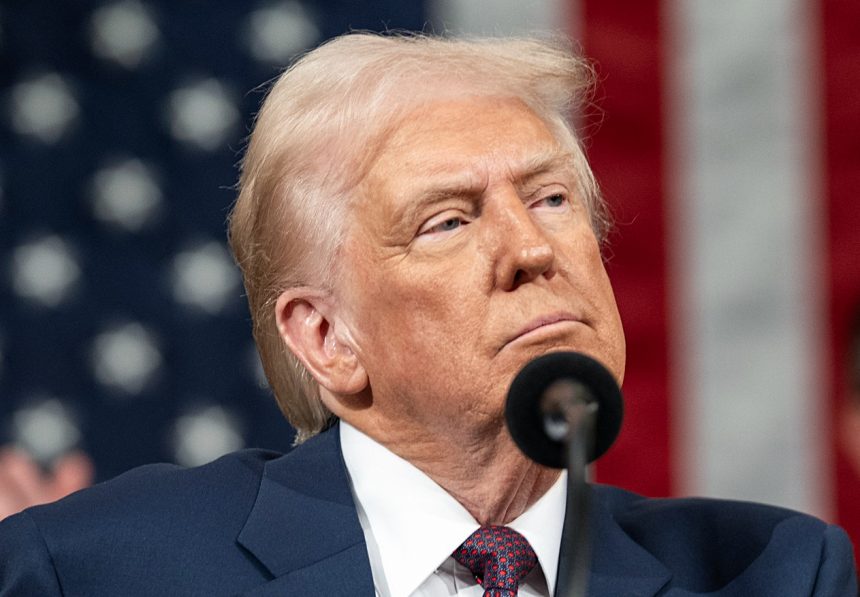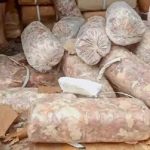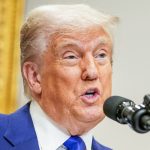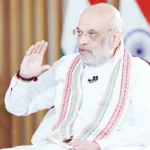US President Donald Trump has once again claimed that his intervention stopped a potential nuclear war between India and Pakistan, saying that seven fighter jets were shot down during the “raging” hostilities, a figure he had earlier put at five, and that he used trade pressure to halt the hostilities.
“I have stopped all of these wars. A big one would have been India and Pakistan…” Trump said during a bilateral meeting with the President of the Republic of Korea.
He added, “The war with India and Pakistan was the next level that was going to be a nuclear war… They already shot down 7 jets – that was raging. I said, ‘You want to trade? We are not doing any trade or anything with you if you keep fighting, you’ve got 24 hours to settle it’. They said, ‘Well, there’s no more war going on.’ I used that on numerous occasions. I used trade and whatever I had to use…”
Trump has brought up the India-Pakistan conflict several times before.
In July, he had claimed that five fighter jets were shot down before the two sides ceased hostilities, though he did not specify which side’s aircraft were downed or what the jets were.
Trump’s new reference to “7 jets” comes weeks after Air Chief Marshal Amar Preet Singh confirmed that India had taken down at least five Pakistani fighter aircraft during Operation Sindoor, along with a large surveillance plane.
Delivering the keynote address at the 16th edition of the Air Chief Marshal Memorial Lecture on August 10, the IAF Chief said, “We have at least five fighters confirmed kills and one large aircraft, which could be either an ELINT (Electronic Intelligence) aircraft or an AEW&C (Airborne Early Warning and Control) aircraft, which was taken on at a distance of about 300 kilometres. This is actually the largest ever recorded surface-to-air kill that we can talk about.”
He detailed the operation further, adding, “We were able to get at least two command and control centres, like Murid and Chaklala. At least six radars, some of them big, some of them small. Two SAGW systems that is in Lahore and Okara. We attacked three hangars. One was the Sukkur UAV hangar, the Bholari hangar and the Jacobabad F-16 hangar. We have an indication of at least one AEW&C in that AEW&C hangar and a few F-16s, which were under maintenance there.”
This was the first time a top-ranking officer had specified the number of Pakistani aircraft destroyed in the conflict.
The IAF Chief credited the success of Operation Sindoor to “political will”.
“A key reason for success was the presence of political will. There was very clear political will and very clear directions given to us. No restrictions were put on us… If there were any constraints, they were self-made. The forces decided what the rules of engagement would be. We decided how we wanted to control the escalation. We had full freedom to plan and execute,” he said.
He added, “There was a synchronisation between the three forces… The post of CDS made a real difference. He was there to get us together. NSA also played a big role in getting all the agencies.”
India launched Operation Sindoor on May 7 in response to the April 22 Pahalgam terror attack in which 26 people were killed. The Indian Armed Forces targeted terror infrastructure in Pakistan and Pakistan-occupied Jammu and Kashmir, leading to the death of over 100 terrorists. India also repelled Pakistan’s retaliation and struck its airbases.
Trump, meanwhile, has continued to insist that his intervention was key in preventing the hostilities from spiralling into a nuclear war. (ANI)






